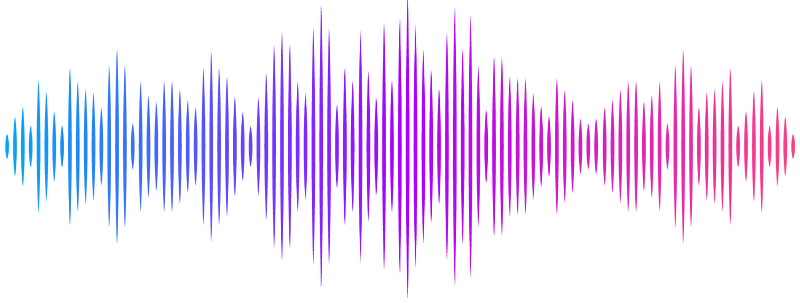Deuterium Metabolic Imaging Phenotypes Mouse Glioblastoma Heterogeneity Through Glucose Turnover Kinetics

Deuterium Metabolic Imaging Phenotypes Mouse Glioblastoma Heterogeneity Through Glucose Turnover Kinetics
Simoes, R. V.; Henriques, R. N.; Olesen, J. L.; Cardoso, B. M.; Fernandes, F. F.; Monteiro, M. A.; Jespersen, S.; Carvalho, T.; Shemesh, N.
AbstractGlioblastomas are aggressive brain tumors with dismal prognosis. One of the main bottlenecks for developing more effective therapies for glioblastoma stems from their histologic and molecular heterogeneity, leading to distinct tumor microenvironments and disease phenotypes. Effectively characterizing these features would improve the clinical management of glioblastoma. Glucose flux rates through glycolysis and mitochondrial oxidation have been recently shown to quantitatively depict glioblastoma proliferation in mouse models (GL261 and CT2A tumors, 38{+/-}3 mm3) using dynamic glucose-enhanced (DGE) deuterium spectroscopy. However, the spatial features of tumor microenvironment phenotypes remain hitherto unresolved. Here, we develop a DGE Deuterium Metabolic Imaging (DMI) approach for profiling tumor microenvironments through glucose conversion kinetics. Using a multimodal combination of tumor mouse models, novel strategies for spectroscopic imaging and noise attenuation, and histopathological correlations, we show that tumor lactate turnover mirrors phenotype differences between GL261 and CT2A mouse glioblastoma (59{+/-}7 mm3), whereas peritumoral glutamate-glutamine recycling is a potential marker of invasion capacity in pooled cohorts, linked to secondary brain lesions. Our findings were validated by histopathological characterization of each tumor, including cell density and proliferation, peritumoral infiltration, and distant migration. Our study bodes well for precision neuro-oncology, highlighting the importance of mapping glucose flux rates to better understand the metabolic heterogeneity of glioblastoma and its links to disease phenotypes.


